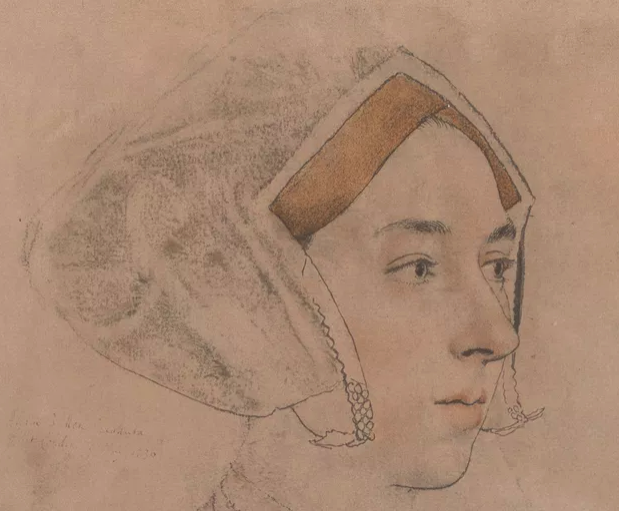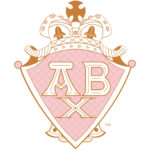When it All Started: How I Met Anne
Like so many Anne aficionados before me, I was simply living my life when Anne Boleyn entered from the periphery. For me, it began when an elegantly attired Tudor lady appeared on my screen during an effort to distract myself from the sting of daily exercise. Inscribed upon her image were the words, The Last Days of Anne Boleyn.
Of course, I knew Anne Boleyn was one of the six wives of Henry VIII. I even knew the schoolyard chant,“Divorced, beheaded, died, divorced, beheaded, survived” and often hurled it, from a safe distance, at every Henry VIII I ever saw at a Renaissance Faire. Yet, I could not put a face or individual history to each woman (which is actually rather appalling).
So it began: In the middle of the documentary, I stopped what I was doing, sat down, and watched the rest of the show, captivated. Then, I Googled. I fell into an abyss, and—as anyone who has ever truly discovered Anne Boleyn—I became completely engrossed in her story.
What I eventually discovered was both maddening and fascinating. In fact, when I looked up the timeline of Anne Boleyn’s life, the primary source did not include the apparently little known of—yet highly formative—years Anne spent away from England on “the continent.” Yet, it was there—at both the “Low Countries” and in France—where Anne was “finished,” and eventually became not only the vibrant and intelligent young lady-in-waiting who entered Henry VIII’s court, but the woman who is still capable of captivating us today.


These events—which made Anne truly extraordinary—are rarely recognized. Instead, they are often replaced by a vacuum; a void which has been precipitously filled with the useful fodder of propagandist writings against Anne because of her religious views. It seems Anne’s life has been chiefly reduced to three events: her estimated birth year, her alleged scheme to take Henry VIII away from his wife— and, of course, her execution. For many, this diminished triptych seems to be the sum of Anne.
However, she was far from this caricature. On the contrary, she was so much more. For one, although she was not considered the most beautiful woman at Henry VIII’s court, her time abroad and her excellent education certainly must have made her the most intriguing. Consequently, when I try to imagine what she was really like, I think of the women I know who are not conventionally beautiful, but their mind, spirit and elegance combine to form an impervious force—something entirely untouchable and enigmatic.
